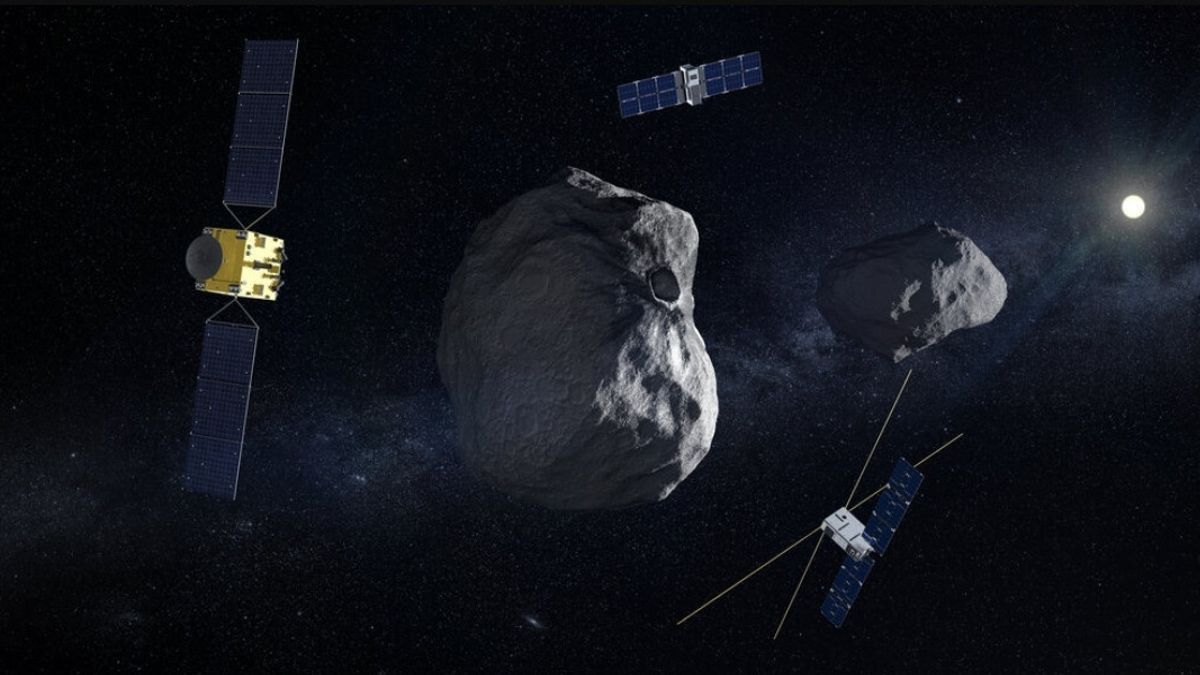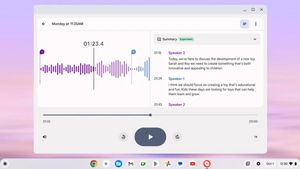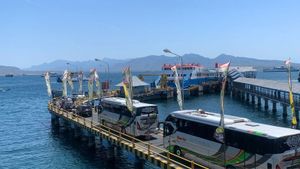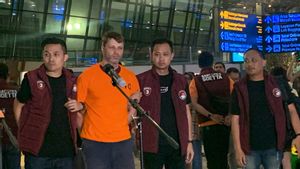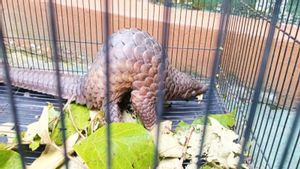JAKARTA Falcon 9, SpaceX's rocket, finally got permission to fly back. However, this permit was given specifically for the launch of the European Space Agency's (ESA) Hera spacecraft mission.
The launch license was granted on Sunday, October 6. As reported by Spacenews, the FAA said that Falcon 9 could fly the Hera mission because it did not use the second phase. After the launch is complete, the ban on flying will be re-implemented.
"FAA has determined that the absence of a second phase for this mission is enough to reduce the main risk to the public if there is another accident experienced by the Crew-9 mission," the FAA said. The second phase only pushes Hera to a free trajectory from Earth and will not perform a de-orbit.
The FAA will not allow a launch mission that has a second phase of the de-orbit process. It is not yet known when the rocket was allowed to fly back because the aviation agency is still reviewing the investigative report submitted by SpaceX.
SEE ALSO:
"Security will be a schedule determinant for the FAA to complete its review of the SpaceX Crew-9 accident investigation report and when the agency will allow Falcon 9 to return to normal operations," the FAA said.
This investigative report was completed in early October and SpaceX submitted its report on October 4. Although SpaceX has not been able to fly the Starlink launch mission, the company is preparing for the launch of Hera.
The Hera spacecraft is a collaboration mission between ESA and NASA. The program was launched to observe how big the impact of NASA's Double Asteroid Redirection Test (DART) was. Hera plans to launch on Monday, October 7th.
The English, Chinese, Japanese, Arabic, and French versions are automatically generated by the AI. So there may still be inaccuracies in translating, please always see Indonesian as our main language. (system supported by DigitalSiber.id)
